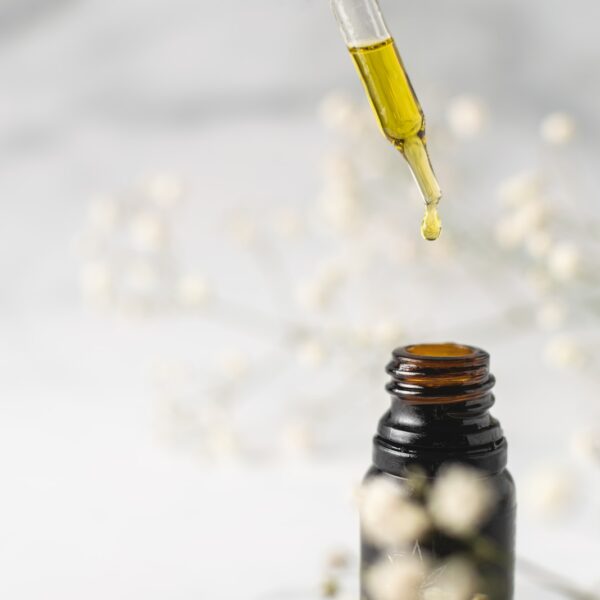Mitochondria are the powerhouses of cells and they produce chemical energy in the form of ATP molecules. This is achieved by a series of complex redox reactions in the electron transport chain.
They are surrounded by two membranes that create numerous folds called cristae. The outer mitochondrial membrane is permeable to ions and small molecules, while the inner one is impermeable.
The outer membrane
Mitochondria are a key organelle responsible for the production of ATP, the energy currency of cells. They are a critical factor in many cellular metabolic pathways and are essential for the maintenance of sperm motility which is one of the major determinants of male fertility. Indeed, structural defects in mitochondria are associated with idiopathic azoospermia.
In mammalian spermatozoa, mitochondria are confined to the mid-piece region and wrapped helically around the outer dense fiber axoneme complex in a species-specific manner during spermiogenesis to form a crescent shaped mitochondrial sheath [3]. They are strictly associated to each other through multiple disulfide bonds between cysteine and proline rich proteins forming the so-called mitochondrial capsule. This unique formation makes it difficult to isolate sperm mitochondria using conventional separation methods.
The outer membrane (OMM) has porins which are protein membrane channels that are permeable to small molecules such as ions and sugars. These channels are located in invaginations and tubes of the inner membrane known as cristae. The OMM is also rich in an unusual phospholipid known as cardiolipin that is highly impermeable and makes the mitochondria resistant to most metabolic probes such as 10-N-nonyl acridine orange and Mito-ID Red. In addition, sperm mitochondria transport into their matrix acyl-CoA in exchange for free carnitine. This pool of acyl-CoA could serve as a source of high ATP levels needed to stimulate sperm hyperactivation, capacitation, acrosome reaction and fertilization.
The inner membrane
The mitochondria are organelles that are responsible for producing the energy needed to move sperm cells towards the egg. This process is known as oxidative metabolism. The mitochondria contains a double membrane with an outer and inner membrane. The inner membrane has many invaginations and narrow tube-like structures called cristae. These structures are designed to produce a high amount of available energy. The outer mitochondrial membrane (OMM) is permeable to ions and small molecules and contains several proteins called porins that are designed to open and close as the cell needs. This allows passage of energy molecules like ATP to and from the matrix.
Mitochondria in sperm are quite different from their counterparts in somatic cells in both morphology and biochemistry. They are also able to respond to different physico-chemical conditions, and this versatility is critical for successful fertilization.
For example, sperm mitochondria can store calcium transiently in their matrix, contributing to ion homeostasis in the cell. This is important because the energy produced by oxidative phosphorylation requires a high concentration of phosphates (Ca2+).
The matrix
The mitochondria is a double membrane organelle, surrounded by two phospholipid membranes. The outer membrane is permeable for small molecules and ions. The inner membrane contains many invaginations and tubes called cristae, which form channels that allow the passage of these molecules and ions. The inner membrane is connected to the outer membrane by a series of protein structures known as the cristae junctions. The cristae junctions also allow protons to flow across the membrane and create an electrostatic potential that enables oxidative phosphorylation. This process produces the vast majority of ATP that fuels sperm motility.
The cytoplasm of sperm cells is crowded with numerous mitochondria and other proteins. In fact, it is the most densely packed cellular cytoplasm in mammals. This clustering of mitochondria is important for the synthesis and release of reactive oxygen species (ROS), which are necessary to drive molecular events that promote cell growth and motility.
Researchers have recently shown that a specialized array of proteins on the outer surface of mitochondria can ‘glue’ neighboring mitochondria together. Using image processing techniques, they identified the glycerol kinase-like proteins as components of this array. The gluing is believed to prevent mitochondria from becoming detached and losing their shape during the rapid motions of sperm motility. It is also thought to help protect mitochondria from damage caused by the high ATP consumption of this vital cellular energy-producing process.
The cytoplasm
Mitochondria are the cellular power plants that provide energy for all eukaryotic cells. They are also known to be producers of free radicals that can cause damage if they are not controlled by antioxidant systems. Unlike nuclear genomes which are inherited from the father, mitochondrial DNA is inherited from the mother.
The function of mitochondria is crucial for the survival of spermatozoa. They produce ATP which is used to propel the tail of sperm towards the egg in order to facilitate fertilization. Moreover, they help in maintaining cellular bio-energetic and ion homeostasis. They also play a key role in the regulation of programmed cell death (apoptosis) in spermatozoa.
During the process of spermatogenesis, mammalian mitochondria undergo many fundamental changes in terms of their morphology and functionality. These changes are mainly due to the fact that they have to be functionally versatile and adaptable.
The cytoplasm of a mammalian sperm contains a number of tightly packed mitochondria that are involved in the production of ATP. The majority of these mitochondria are located in the middle piece of a sperm. This area is very important because it carries the genetic material of the sperm and helps in generating the necessary energy to facilitate sperm motility. In addition to this, mitochondrial proteins such as the flavoproteins and semi-ubiquinone species are produced here. The binding properties of these proteins allow fluorescent probes such as 10-Nonyl acridine orange and Mito-ID Red with cardiolipin to be used for the evaluation of mitochondrial function in sperm.




Leave a Comment